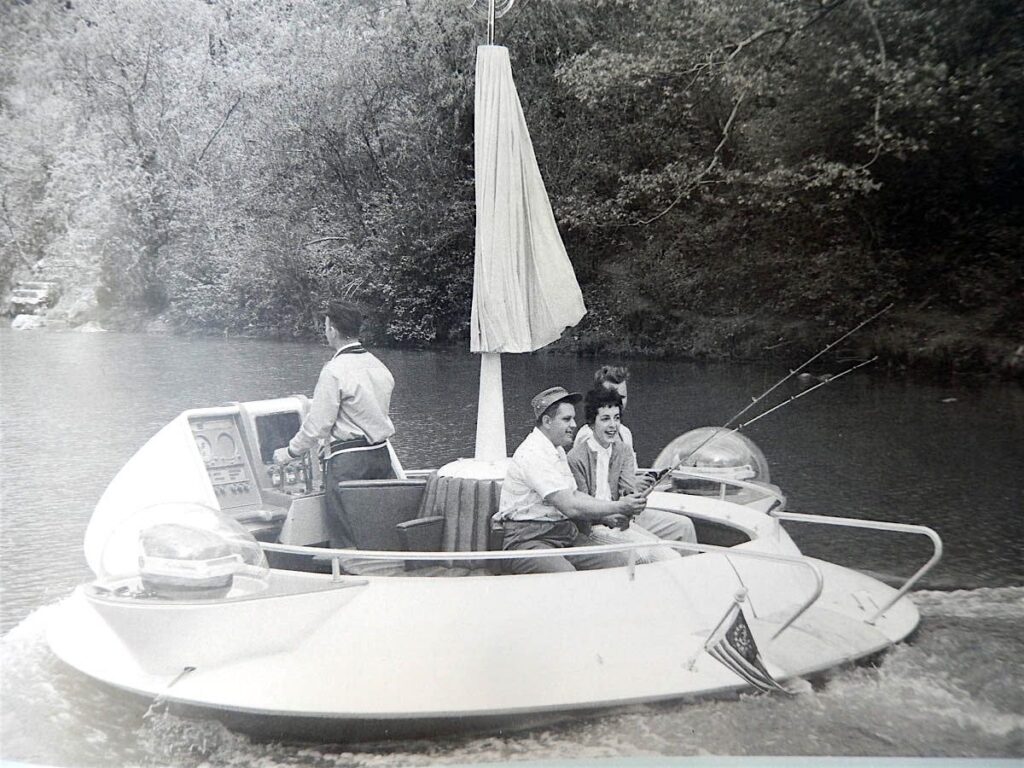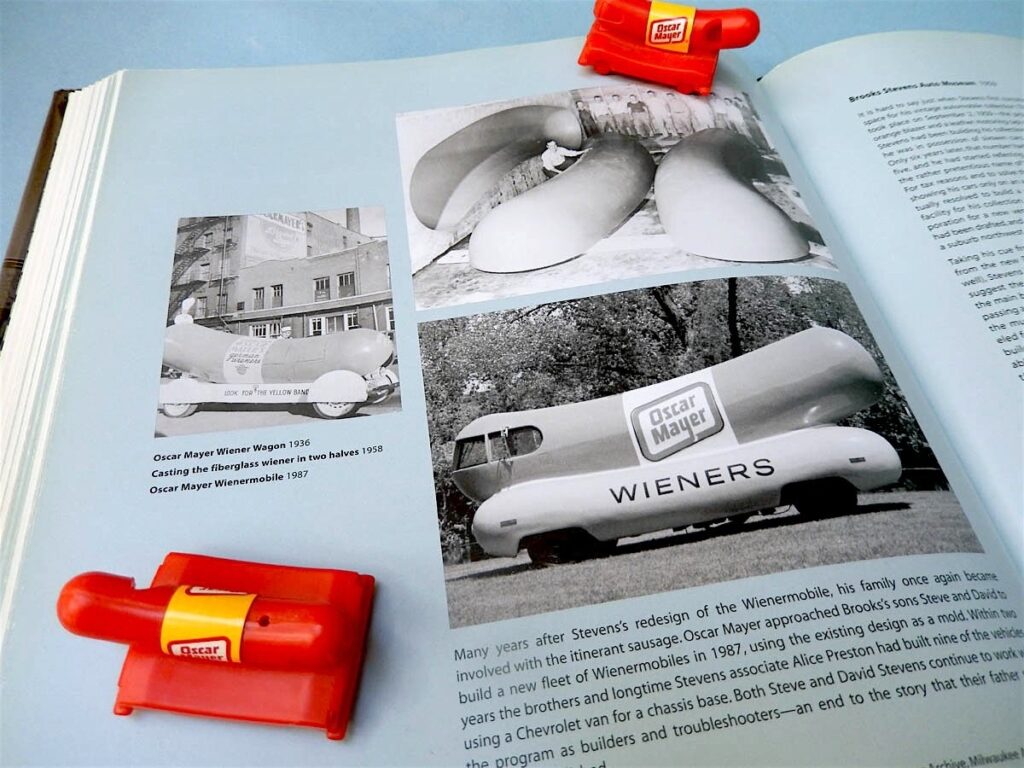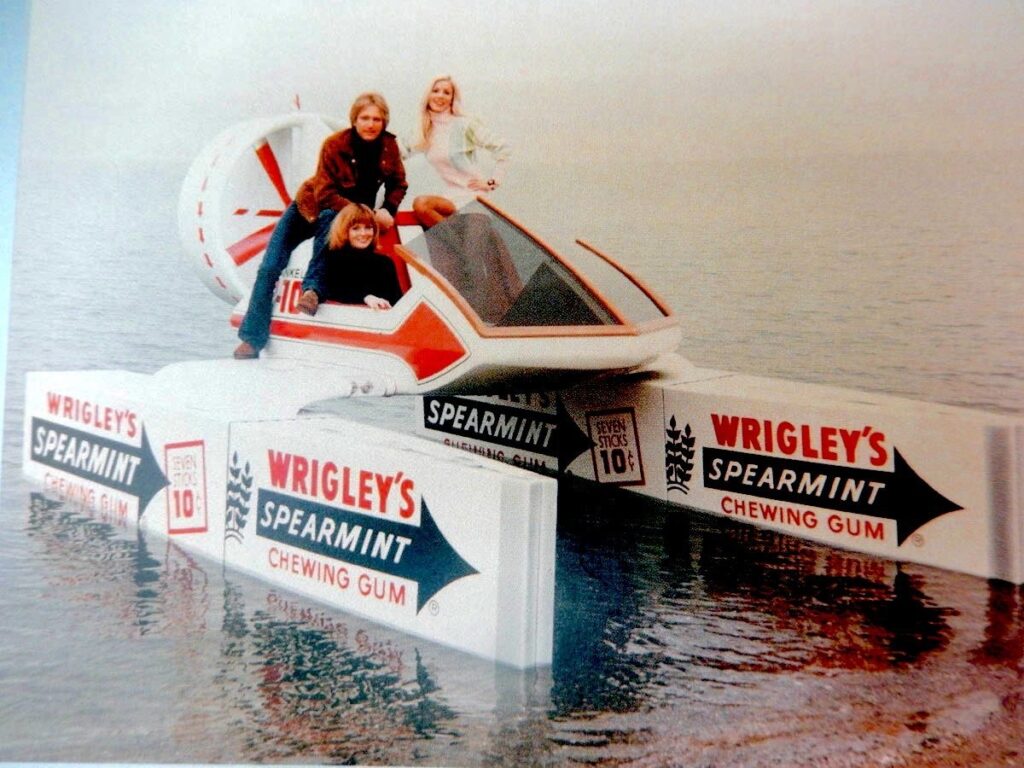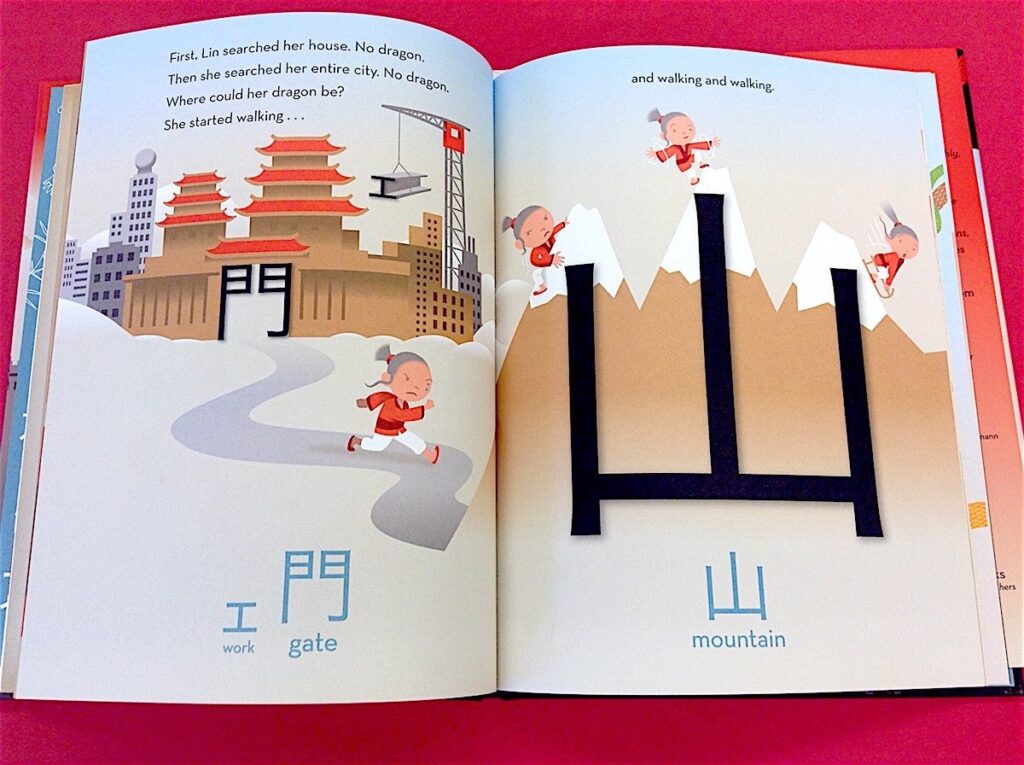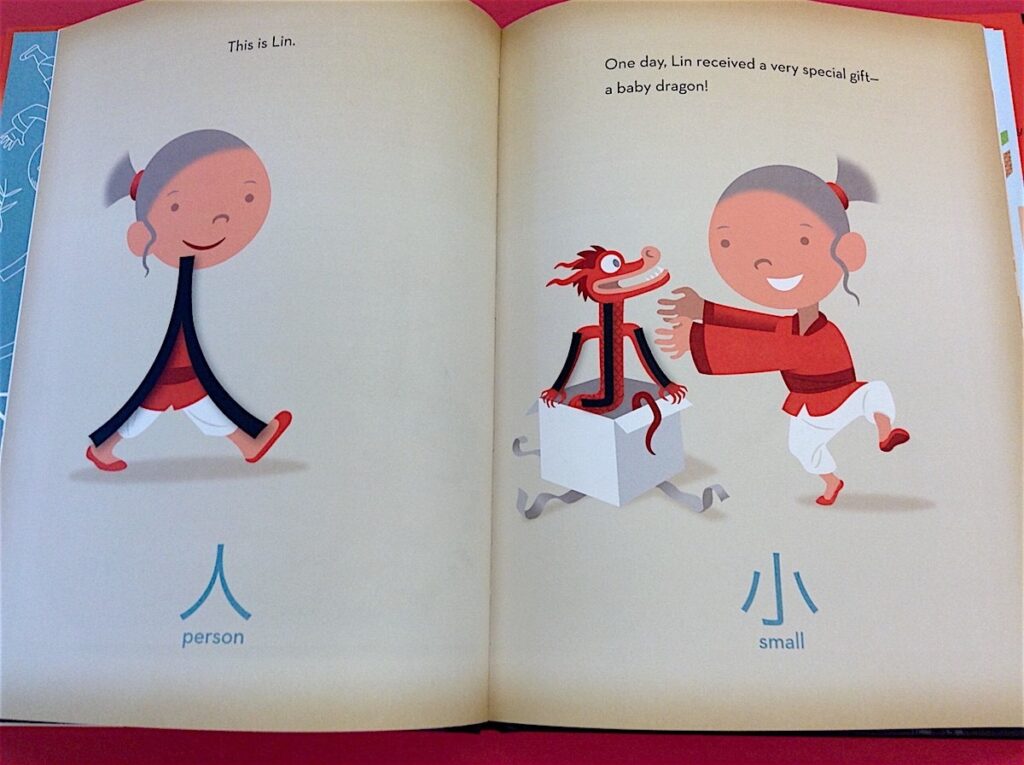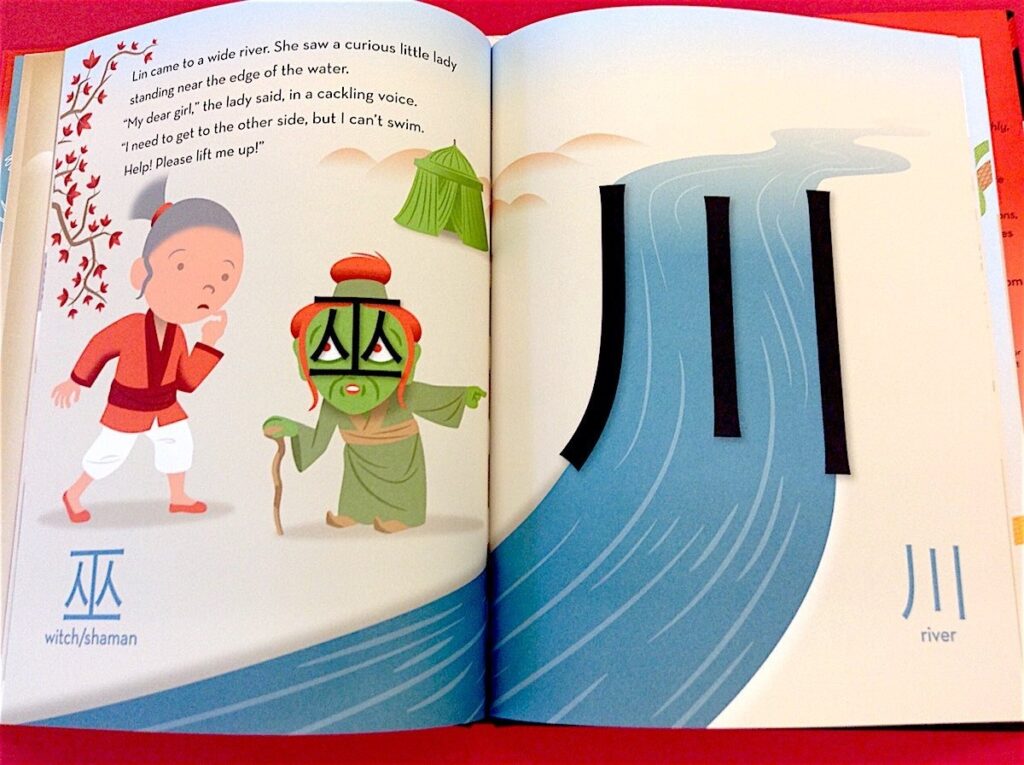The Barefoot Hiker
Walking naturally
Most of the hikers who have ever lived have gone barefoot. Throughout history shoes have been expensive or unknown. Naked feet quickly adapt to stones, twigs, and cold. I’ve hiked alongside thousands of barefoot hikers, and there’s little terrain they can’t comfortably negotiate. However the forced-shoeless will immediately adopt a pair of flip-flop sandals for a bit of cushion if given a chance. So why would the well-heeled give up shoes on the trail? Barefoot hikers answer: “The soles of our feet function as wonderful sensory organs and the myriad of sensations from earth, grass, moss, pine-needles and other ground textures can both fascinate and delight. Barefoot Hikers appreciate their “vistas” of ground textures as much as others hikers enjoy their vistas of hills, mountains, forests and plains. Walking barefoot adds a rewarding tactile dimension to any outdoor hike.”
In short, hiking barefoot is a liberation and a sensual enjoyment — the very reasons why people who can drive hike in the first place. Once you get over the fact that, like natural childbirth, barefoot hiking is not only possible, but preferable, you’re halfway there.
Europe has more barefoot hikers than in the US, but one dedicated women recently hiked the entire rocky 2,000 miles of the Appalachian trail barefoot. Yet if we consider the indigenous tribes of old, she was probably not the first. (Then there’s running barefoot, another whole subject.)
There’s one book explaining barefoot hiking, a decent short how-to and why-to. It’ll go over objections and practical advice on getting your feet toughened up and so on. Tells you how to avoid stares by the disbelieving, which you will get. The book is also available as a free text on the web, courtesy of the author. (I find the printed book form ideal to hand out to others. ) Of course there’s plenty of websites for enthusiasts.
Because this ability is so primeval, no information is really needed. About all you need to know is that it is easy, natural and fun. Your feet will take it from there.*
In very stony areas, you will do best to try to walk on the larger stones, selecting one for each footfall and literally gripping it with your toes as you step on and off it. Your heels should not touch the ground at all at such times. When there are not enough of the larger stones to permit you to apply this technique, you will simply have to fall back on your preparation of walking barefoot on gravel and tough it out. Here again, stay on your toes. They are designed to be able to cope with such situations much better than your heels could. Remember that as long as you do not push yourself too far, the experience will ultimately toughen your soles all the more – so think positively and do not let the shod see you wincing. A good pair of strong, healthy, well toughened bare feet should have little difficulty in coping with the equivalent of two or three miles of even the most punishing railway bed gravel in the course of a day’s hiking in mild weather; but, as I shall explain more fully in Chapter XI, you must never subject your bare feet to any sort of rough ground in freezing or even near freezing temperatures.
*
Melting snow on a fairly warm winter day is perhaps the most perfect pleasure that nature affords bare feet. Soft and sensuous, cool and cleansing, it is a sensation delicious in the same sense — though not to the same senses — as eating the very best sort of ice cream. Although the opportunity for this singular pleasure may present itself (at least in the climates that I am accustomed to) several times in the course of a single winter, it is quite ephemeral and rarely lasts more than a day. Thus it may, quite sadly, be a year or so before such a day coincides with one wherein you are so free of the constraints of clock and calendar that you can afford to leave both shoes and watch at home with an heart-felt “good riddance” as you set off for several miles of happy hiking. Nevertheless, even if you cannot afford your bare feet the whole of such a day, you should at least promise them some part of it, even if it be only a lunch hour taken at a park or a very brief visit to a nature centre on your way home from running some errand.
Although melting snow is all the more sensuous on one of those warm-enough-for-shirt-sleeves days that here in Connecticut tend to arrive to relieve the chill at some time in the middle of most winters, you can enjoy this pleasure quite comfortably on any calm sunny day when the temperature is even a few degrees above freezing.
Excerpt
The initial time and effort needed to condition bare feet for hiking is very much less than anyone who has not had experience in the area would tend to suppose. Two or three miles of walking barefoot on good forest trails, two or three times a week, for two or three weeks will prepare almost any hiker to set off quite confidently barefooted on almost any hike that might be included in the programme of any hiking group provided only that the weather be relatively mild.
*
What comes the most to mind at Autumn's mention, are mountains of dry leaves. Take a walk in the woods on one of those delicious days when Autumn deigns to step aside for a late Indian Summer and the leaves are several inches deep on the forest floor and let your bare feet feel them -- sometimes crackling with all the crispness of the Autumn air -- sometimes whispering sensuously back to your bare soles with what seems a slightly soapy softness.
*
The Brief Rules
1. Always step straight down! Never allow your feet to kick, shuffle or drag along the ground. This is more important than all the other rules together. This may require some conscious effort at first.
2. Always watch the path ahead of you. Learn to keep your eyes on the path a few yards ahead and pick the spot for each footfall a few paces ahead.
3. Try to keep your weight on the balls of your feet and not on your heels.
4. Never forget that you are going barefoot. Always devote a part of your attention to the soles of your feet.
5. Try to walk barefoot on as many different things as possible to sensitize your bare soles. A well developed sense of touch is very important both for safety and enjoyment. You must consciously work on developing this sense.
6. Be especially careful when you cannot clearly see the ground itself because of grass, leaves and snow. Step lightly and carefully under these conditions and be prepared to retract a step if you don't like the feel of what you are stepping on. Never run barefoot unless you can both see the ground surface and have walked over it before.
7. Be especially careful at styles and fences - especially metal ones that have been abandoned. Stubs of former metal fence posts just protruding through the ground are very dangerous. If you see one of these, watch carefully for others which may be in line with it.
8. By all means, try walking barefoot in snow - it is extremely pleasant, but only if it is no more than an inch or so deep and melting.
9. You can walk barefoot on dry ground in freezing weather, but never past the point where your feet become numb and in no case for more than one or two miles, especially on rough ground which is many times as punishing to cold flesh as to warm.
10. Once properly conditioned, your bare feet will give you a great deal of pleasure, but only if you care for them. Bathe them and remove any small thorns after each hike, rub them each day with oil, lotion, or lanolin - especially in winter. Take the time to keep them in the very best condition and take pride in them.







